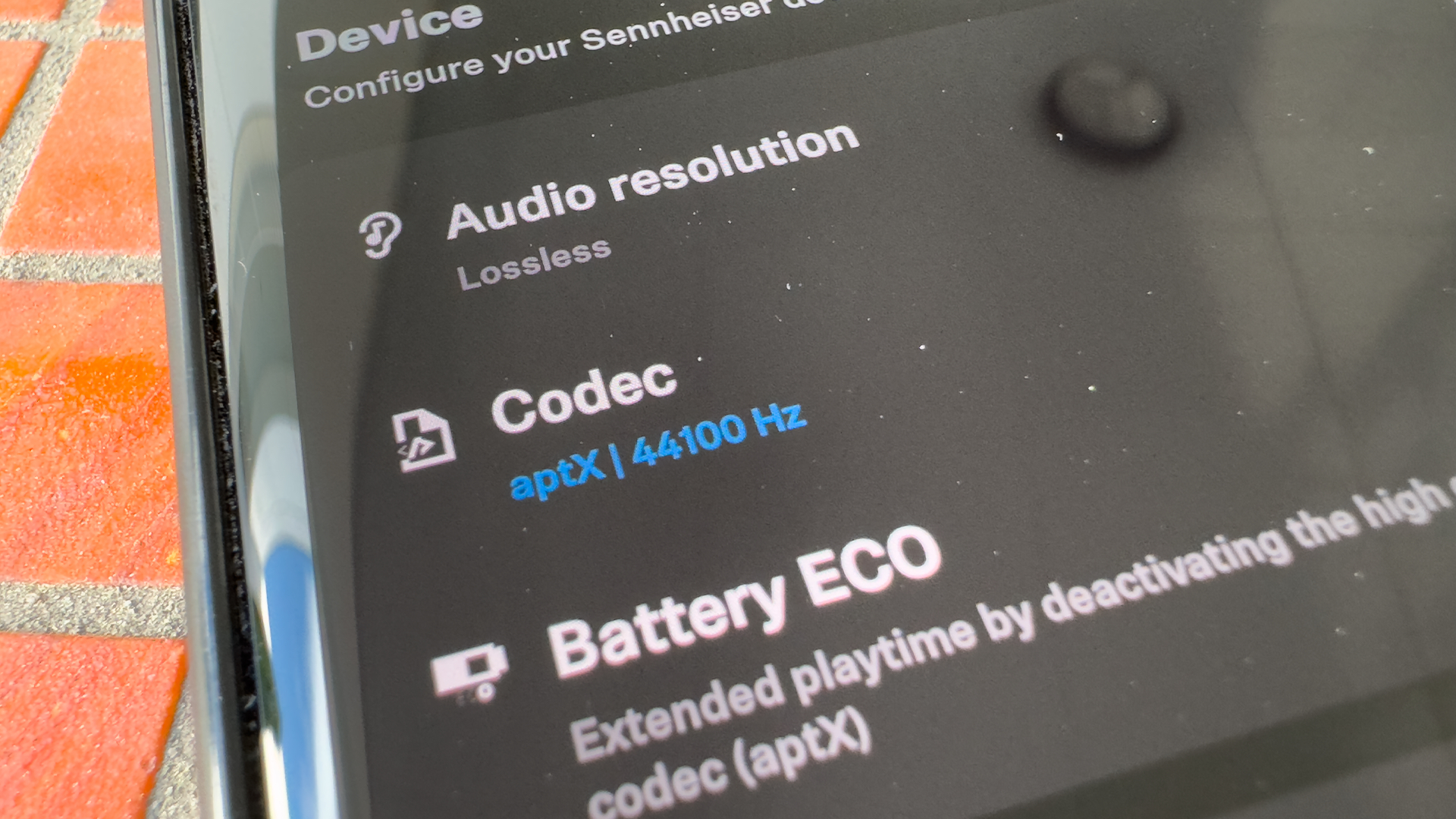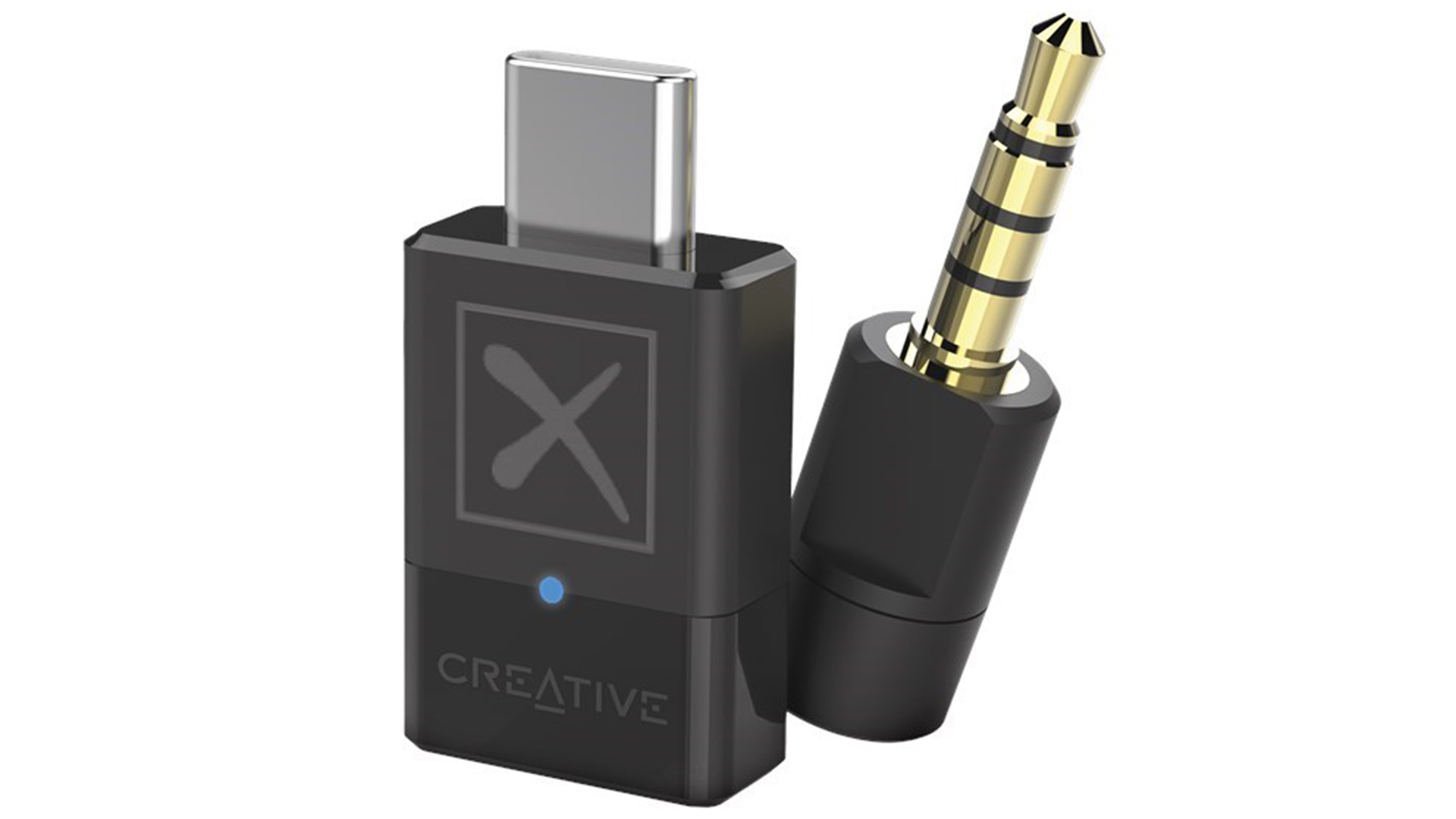Qualcomm aptX is everywhere, but what exactly is it?
Qualcomm aptX explained

What is Qualcomm aptX?
AptX is an audio codec that aims to make your music sound as robust as possible while keeping the file size as compact as possible. The transmission method determines how big the file can be, and Bluetooth is... well, let's put it this way: Wi-Fi is like an eight-lane freeway, while Bluetooth is a two-lane rural highway.
Qualcomm regularly updates aptX so you can have the prettiest, most robust vehicle possible, traveling that two-lane highway right through your ears and into your dome piece, er, brain.
Audio Processing Technology becomes "apt-X"
Audio transmission over Bluetooth radios has evolved significantly from the era of the sole SBC codec. Today, you will likely encounter acronyms for audio codecs like LDAC, AAC, ALAC, or aptX. While some of these are newer technologies, aptX has a history almost as long as Bluetooth, dating back some 30 years. This longevity underscores its relevance and impact on Bluetooth technology today.
APT, or “audio processing technology,” began as a compression algorithm developed in the 1980s by Dr. Stephen Smyth as part of his Ph.D. research, and before it was Qualcomm aptX, it was just “apt-X.”
His work was first used to store CD-quality audio or transfer audio via ISDN lines (the precursor to DSL lines). ISDN lines were akin to that dial-up phone internet connection you’ve likely heard about. Before the advent of broadband, if you wanted CD-quality audio from remote sources, this was how you got it at the enterprise level.

In the 1990s, Steven Spielberg collaborated with DTS to use aptX and its compression technology to record audio for 5.1 digital playback. You may have heard of the films played back using this technology: “Schindler’s List,” “Saving Private Ryan,” and “Jurassic Park.
Apt-X, or “aptX” as you know it today, wasn’t acquired by Qualcomm until 2015. A year later, the company released the aptX HD standard, and it’s been iterating and upping the ante on compressed dynamic digital file coding/decoding (codec), bringing us to where we are today with Qualcomm’s Snapdragon Sound products.
Qualcomm aptX: A timeline
The end goal of aptX and Bluetooth codecs, in general, has always been to transmit CD-quality audio data over Bluetooth's limited bandwidth. Over the years, that bandwidth has expanded, but not quite enough to transmit uncompressed CD-quality audio wirelessly.
Qualcomm took its first step toward this goal in earnest in 2016 when it launched aptX HD, promising high-definition wireless sound quality that they said was “barely distinguishable from high-resolution audio.” For the sake of comparison, before you read the rest of this article, let’s first establish what “high resolution” or CD quality actually is. Uncompressed CD audio files are 16-bit, 44.1kHz files with a bitrate of 1411kbps.
Be an expert in 5 minutes
Get the latest news from Android Central, your trusted companion in the world of Android
2009: aptX standard

In 2009, aptX could only have a maximum bitrate of 384kbps at 16-bit/48kHz. Latency was an issue, so in 2012, the standard iterated and gave us aptX LL, or Low Latency, which was 352kbps at 16-bit/48kHz.
As you can see, it was still a long way away from giving consumers CD-quality audio, but it did something else—it gave users less lag time between the time the picture played and the sound was decoded. It is as low as 32 milliseconds, to be exact. When prioritizing low-latency stereo audio over quality, 32ms is faster than our brains can process, so it appears to be latency-free.
2016: aptX HD & Adaptive

When aptX HD was launched in 2016, it supported both 16- and 24-bit depths, marching ever closer to that 1411 bitrate at a theoretical max of 576kbps at 24-bit/48kHz. However, Qualcomm recognized a bottleneck stopping them from realizing CD-quality audio, and that was controlling the hardware and software in various devices like smartphones, earbuds, headphones, and speakers like the Victor EX Dub1 pictured above (which actually had a CD player).
So, in 2018, Qualcomm released the QCC5120 SoCs, or system on a chip, which was more efficient, giving Bluetooth devices longer battery life and paving the way for future advancements.
Also that year, it released the first iteration of aptX Adaptive, which, as the name implies, dynamically adjusts the amount of data being streamed between devices for better audio regardless of whether you’re listening to music, gaming, or watching videos. Improving upon previous bitrates, aptX Adaptive was 24-bit and scaled from 276-420kbps.

Qualcomm would launch the Snapdragon 855 chipset a year later, which brought native aptX Adaptive support to smartphones; then, in 2021, it released an update to Adaptive called Snapdragon Sound with Qualcomm aptX Lossless.
“With many leading music streaming services now offering extensive lossless music libraries, and consumer demand for lossless audio growing, we’re pleased to announce this new support for CD lossless audio streaming for Bluetooth earbuds and headsets which we plan to make available to customers later this year,” said James Chapman, vice president and general manager of Qualcomm.
2021: Snapdragon Sound and beyond

This brings us to the present, and aptX Lossless is still working its way through the market. If your devices support it, you can listen to 44.1kHz, 16-bit lossless audio if your link quality is good enough. Lossless can stream CD-quality audio around that 1411kbps mark but can scale down to as low as 140kbits/s in areas with heavy RF interference. The standard also supports spatial audio with head-tracking and builds on the lessons learned from adaptive audio with “lag-free” mobile audio. For devices that support aptX Lossless, you can also choose between CD lossless audio and 24-bit, 96kHz lossy Hi-Res Wireless Audio.
The bottom line to all of this aptX technology is that even though your earbuds, headphones, or speakers may have the necessary Qualcomm chipsets, you still have to rely on your phone, tablet, or laptop’s manufacturer to support the codecs and that can be a problem. To use the technology, companies have to license it (pay for it), and they aren’t quick to do that.
Samsung uses its own proprietary codec, SSC, and supports older aptX standards, while Google uses its own chipset but supports aptX and aptX HD. There are other Android phones out there that are great devices and do utilize the Snapdragon Sound platform but aren’t readily available in America, considering that many consumers in the States rely on purchasing through a mobile carrier, and smartphone manufacturers often have to establish deals with carriers to have their products in stores.

Tshaka Armstrong is a nerd. Co-Founder of the non-profit digital literacy organization, Digital Shepherds, he’s also been a broadcast technology reporter, writer and producer. In addition to being an award-winning broadcast storyteller, he’s also covered tech online and in print for everything from paintball gear technology, to parenting gadgets, and film industry tech for Rotten Tomatoes. In addition to writing for Android Central, he’s a video contributor for Android Central and posts everything else to his own YouTube channel and socials. He blathers on about his many curiosities on social media everywhere as @tshakaarmstrong.
You must confirm your public display name before commenting
Please logout and then login again, you will then be prompted to enter your display name.